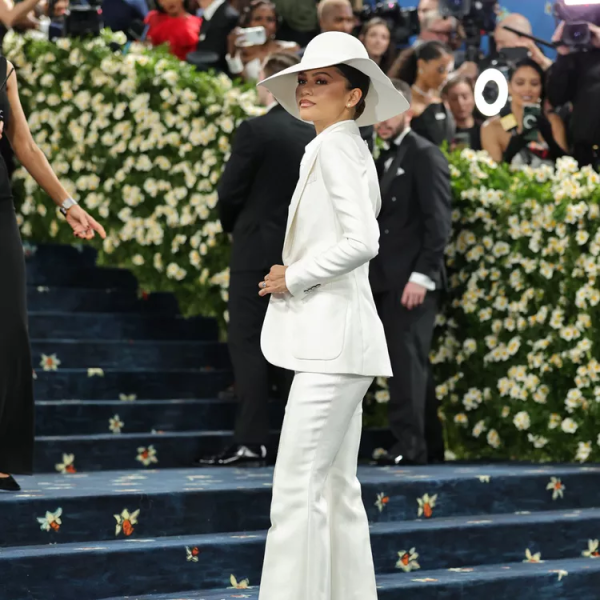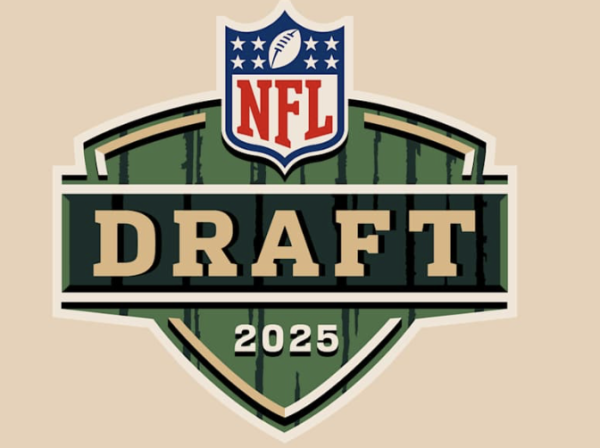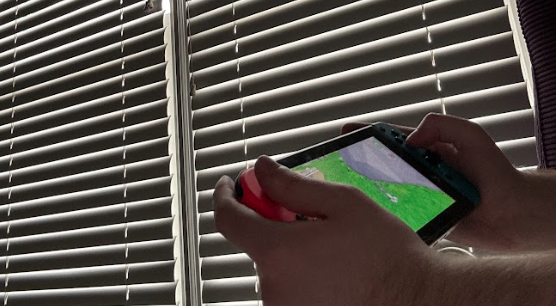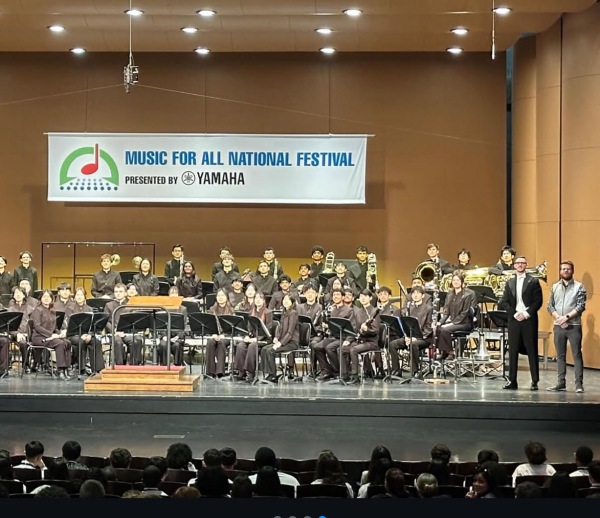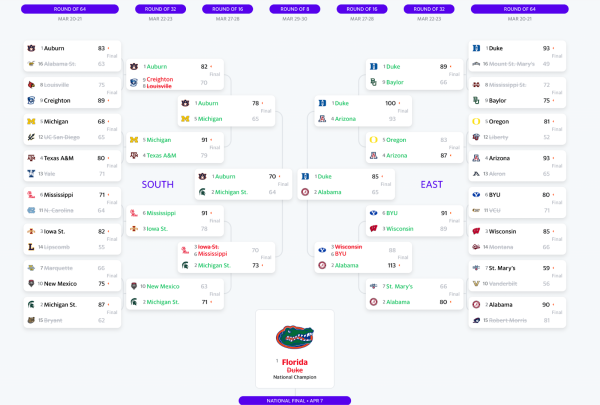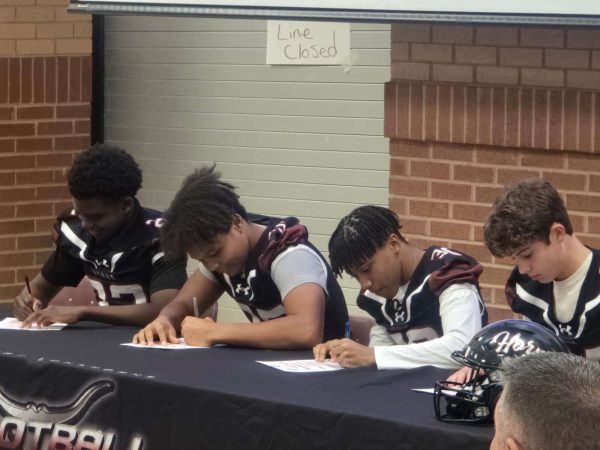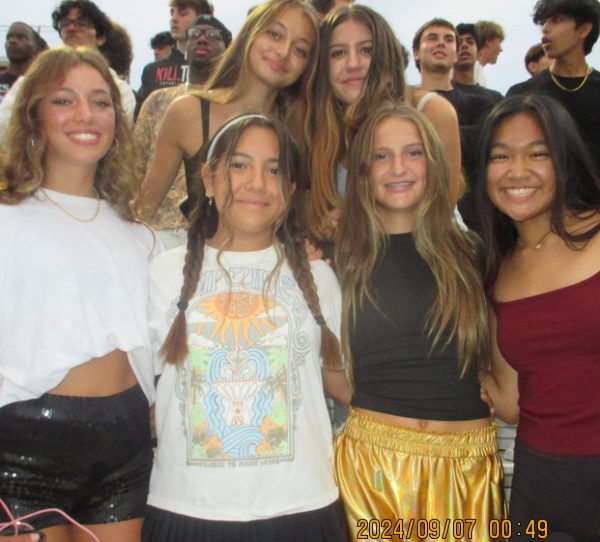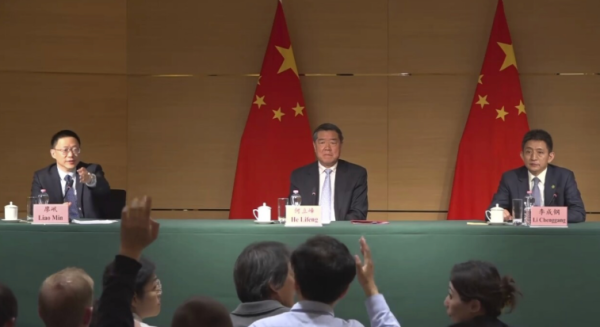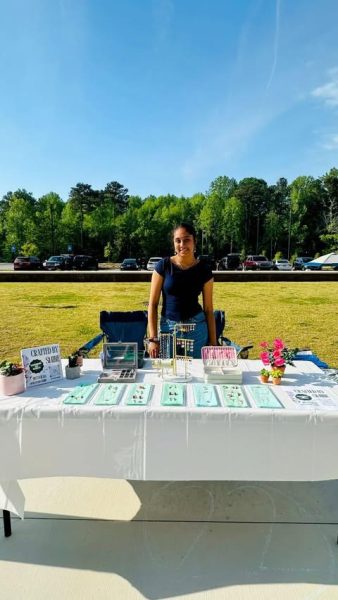The Class of ’23 & Music Production

A photo of Courtney Tigue playing her guitar taken on October 18, 2022
Walking through the halls of Lambert High School, it’s a common occurrence to see people listening to music. Music is available at the tap of a button and it is a huge part of everyone’s lives.
There are downloadable applications for music production, giving artists a convenient method to post music on the internet daily. But with the increasingly accessible outlets for music production, many aspiring producers are overwhelmed as to where to begin.
Lambert seniors Courtney Tigue and Katrina Shuster talked through their production process.
Shuster started writing songs in sixth grade on her piano. To her, “the first two years, the songs were really bad,” but when she learned how to use GarageBand, her production skills became infinitely better.
She soon realized that “once [she] had learned to use [GarageBand], [moving] onto Logic, it wasn’t that big of a jump.”
Logic is a music software that works like the widely-popular GarageBand, but has more features and is a paid software that works on a Mac.
However, Tigue defined that “producing sounds so official, but [she] was just playing around and messing with it.” While she started writing songs like “Electric Blue” at the age of 15, it wasn’t until two years later that she began to post on her YouTube channel.
“Some of the songs sound like [they’re in the] fetus stage.” She added, “They’re babies, not fully developed yet, but I like them. Because obviously, I deem them good enough to put on my channel.”
Tools like Garageband and Logic weren’t the devices Tigue utilized. Instead, she used voice memos to record and import the file into SoundTrap, a computer program she uses.
Shuster also has a Spotify artist account, which according to her, was underground.
“I have, like, 2 monthly listeners, so I’m not a big artist. I don’t really tell people that I do it,” Shuster said.
She also felt embarrassed to think that she could just go on TikTok and tell people to start listening to her songs.
“I would just feel so pretentious,” Shuster said. “I think for me, it would just be harder because I feel like I’m a fraud if I just posted it and said, ‘Listen to me!’ But that’s how everyone does it.”
Both artists also dabbled in film, with Tigue already finishing the audio/film pathway and interning at the audio/film studio.
“Being in the Audio/Film pathway really helped me focus on the story aspect,” Tigue said. “I feel like if the song doesn’t really have a story to go with it, then it falls apart. So I was trying to make sure that the song has good stories to go along with it.”
Meanwhile, Shuster shares a Youtube channel with her sister (Waycroft Productions), where the duo posts music videos for songs and soundtracks to her sister’s films.
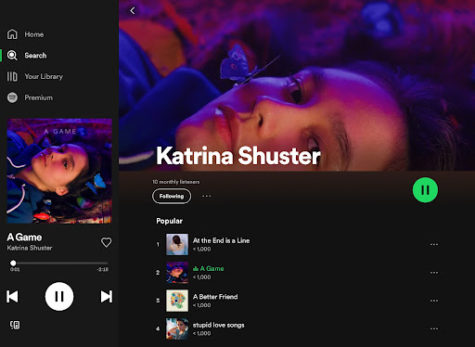
Their songs are both melancholic and romantic, with both of them explaining that pain and trauma is both relatable and easy to write about.
Songwriting and producing act as a “coping mechanism” for them. Shuster would talk about how one time she tried to write a happy song about her long-distance boyfriend but by the end of it. It was a song about how sad the distance was for her.
They both planned to continue writing songs, but Shuster believed that songwriting would be her creative outlet in the future.
Tigue also had some advice for aspiring producers at Lambert.
“I feel like for younger people, it might be harder to get started making the music and that’s why they think it’s hard,” Tigue explained. “[But] if you make it, eventually someone is going to find it. And they’ll tell a friend, and that tell-a-friend effect.”
If you want to check out their music, Katrina Shuster and Courtney Tigue’s channels are linked.
Your donation will help support The Lambert Post, Lambert High Schools student-run newspaper! Your contribution will allow us to purchase equipment and cover website hosting costs.



